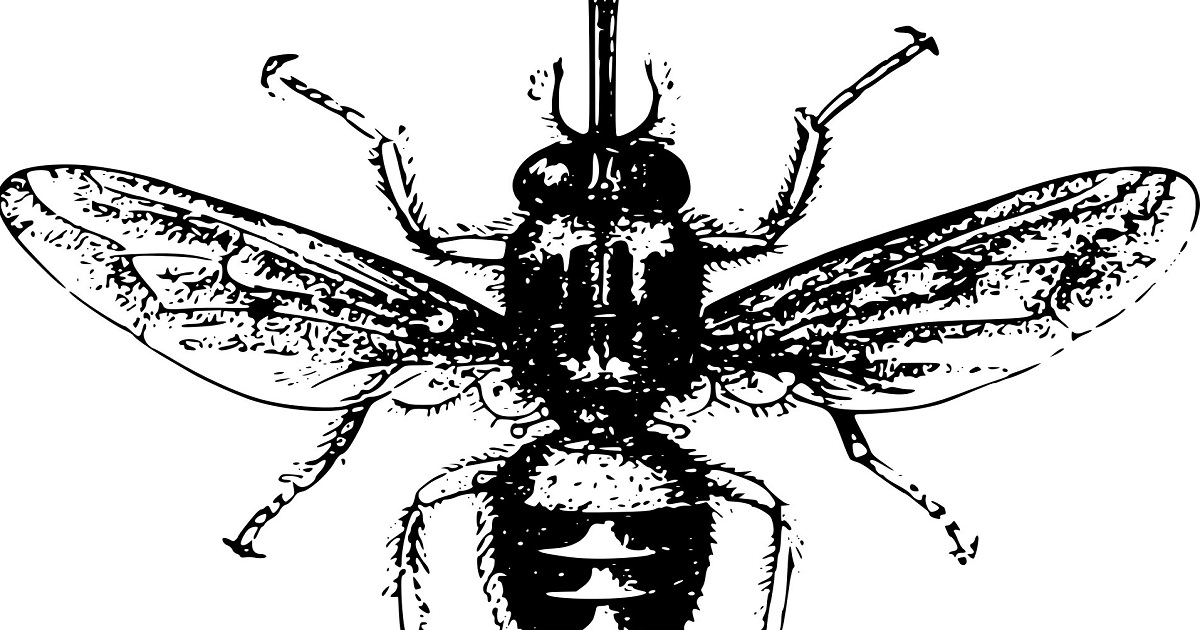Sleeping sickness parasite uses multiple metabolic pathways
Phys.org | December 27, 2018

Parasitic protozoa called trypanosomes synthesize sugars using an unexpected metabolic pathway called gluconeogenesis, according to a study published December 27 in the open-access journal PLOS Pathogens by David Horn of the University of Dundee in the UK, and colleagues. The authors note that this metabolic flexibility may be essential for adaptation to environmental conditions and survival in mammalian host tissues. Trypanosomes cause human sleeping sickness and animal African trypanosomiases, which are a range of devastating but neglected tropical diseases affecting cattle, other livestock, and horses. The mammalian stage of the parasite circulates in the bloodstream, a nutrient-rich environment with constant temperature and pH and high glucose concentration. Bloodstream-form African trypanosomes are thought to rely exclusively upon a metabolic pathway called glycolysis, using glucose as a substrate, for ATP production. In contrast to this view, Horn and colleagues show that bloodstream-form trypanosomes can use glycerol for ATP production and for gluconeogenesis a metabolic pathway that results in the generation of glucose from non-carbohydrate carbon substrates.